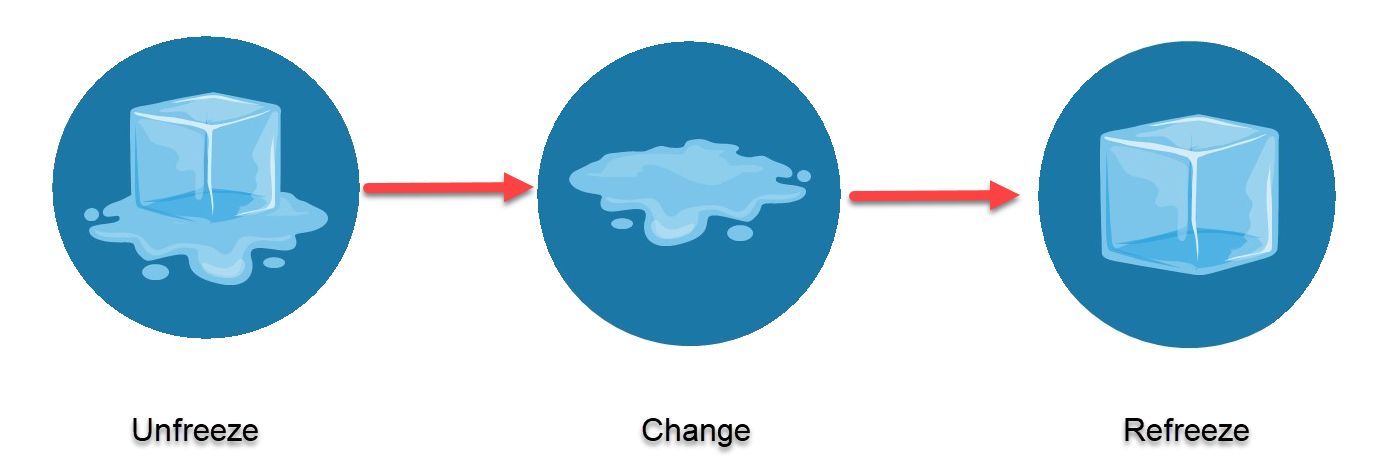For many office workers, the remoteness of work for the last 30 months has felt like a prolonged hibernation.
From the cocoon of our home offices, be they studies or repurposed bedrooms, we’ve done our best to stay connected long after the Zoom happy hours thankfully drifted off our diaries.
As we emerge from our isolating slumber and return to the office, many are blinded by the inconvenience of our commute, the shallowness of our relationships with our peers and the feeling of detachment from our company’s purpose.
It’s no surprise that this has resulted in so many re-evaluating their position in search of something fresh.
To stem, what seems to many, to be an inevitable tide (or tsunami) of exits along with all the upheaval that brings, I’ve been working with a number of teams in recent months to build connection.
This is a smart strategy – not the working with me bit per se but the proactivity of investing in time to reconnect people as they enter a new phase.
Lewin’s Three-Stage Theory provides a simple framework for the process that conveniently aligns with my weak hibernation metaphor.

Teams are taking the time to “unfreeze” by having conversations about how they are performing and making commitments to “change” as they adapt to a new work pattern before they “refreeze”. The best teams are ready to go through this state changing process on a regular basis to keep one step ahead of the continuous disruption.
From my experience, Patrick Lencioni’s Five Behaviours of a Cohesive TeamTM provides the most credible way of supporting teams through this journey. And it is a journey that needs to be taken in the five sequential steps the model outlines.
The most critical and powerful stage is the foundation Building Trust and specifically vulnerability-based trust.
Vulnerability-based trust is the kind of trust that comes about when human beings on a team can and will say things to one another like “I don’t know the answer”, “I need help”, “I think I made a mistake” or even “I’m sorry, I think I did something wrong”. – Patrick Lencioni
A simple exercise used with teams to build vulnerability-based trust is by asking them to share their personal histories by answering four simple questions:
1. Where did you grow up?
2. How many siblings do you have and where do you fall in the sibling order (oldest, youngest, etc.)?
3. What was an important or unique challenge of your childhood?
4. How does this impact your leadership?
The questions give people a vehicle to be vulnerable with each other and get a new perspective. My experience facilitating these sessions has always been powerful and it has been a privilege to create a space where people are willing to share their moments that have impacted their leadership style.
Alternatively, if you’re looking for ways to role-model building vulnerability-based trust:
1. Share stories where you have failed – this signals that it is acceptable to make mistakes and shows that you are fallible,
2. Be explicit about other’s strengths – as a humble Brit this is a technique I have found particularly helpful,
3. Be open to other’s giving you guidance and advice.
As we’re coming out of hibernation, being deliberate about reconnecting people as they start the journey to rebuild (or build) vulnerability-based trust will help everyone settle back into this new reality.

